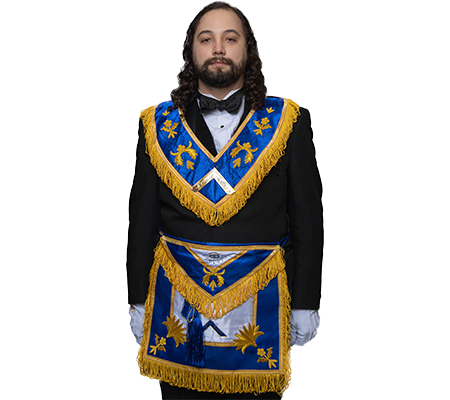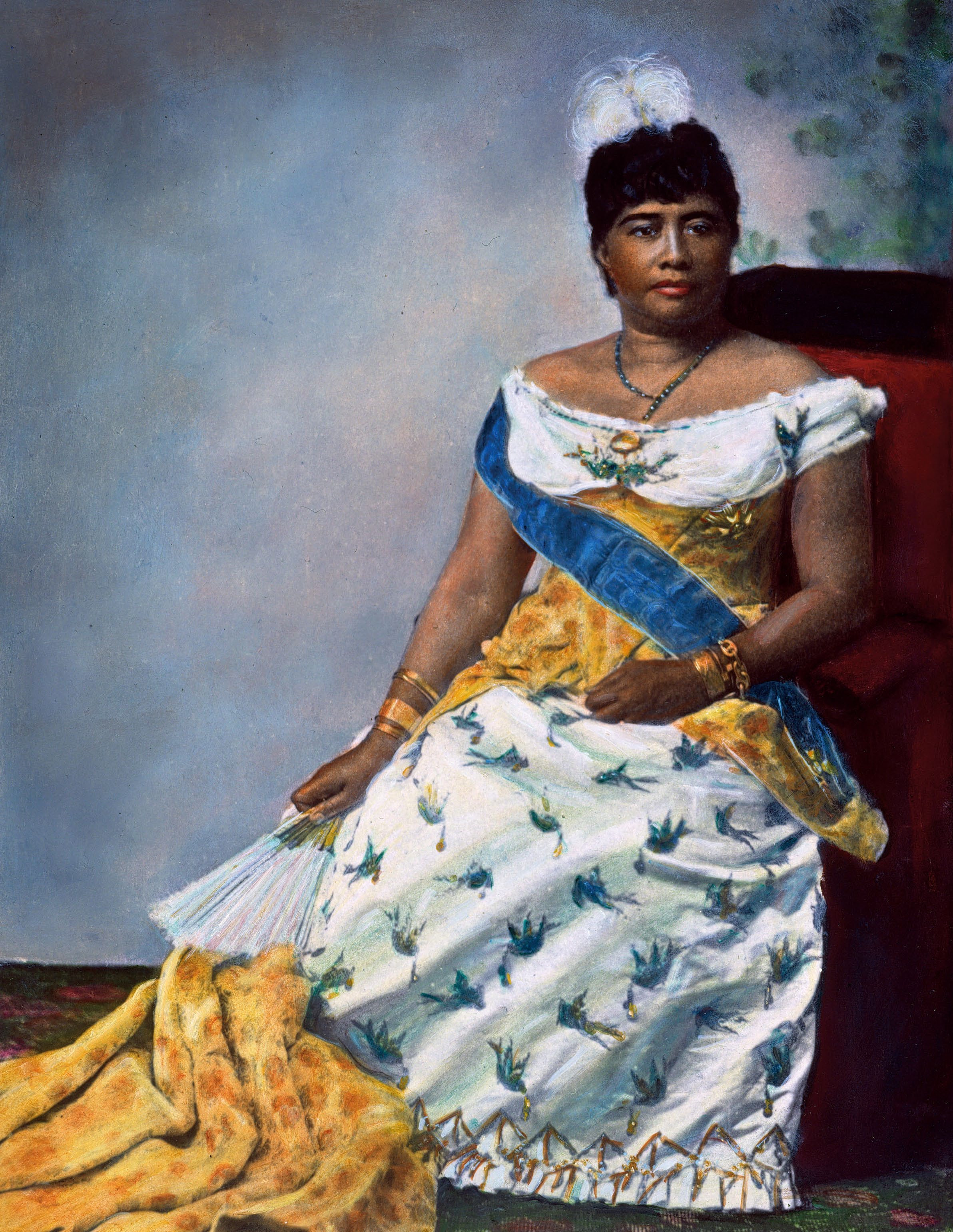
Greetings, brethren! As some of you may know, May is Asian American/Pacific Islander Heritage Month. In the spirit of this, and to both celebrate as well as shed some light on what may be a lesser-known corner of Masonic history, I’m going to take this time to highlight some important Masonic figures you may not have read about in the history books.
Did you know that three of the last four kings of Hawaii (styled, Aliʻi o ko Hawaiʻi Pae ʻAina, or “Monarch of the Hawaiian Islands,”) were Freemasons? Indeed, in 1857, King Kamehameha IV became the first reigning Hawaiian monarch to be initiated into the Craft (his brother, who would succeed him as Kamehameha V, had joined the order four years earlier, but the difference between “first monarch to join,” and “first reigning monarch to join,” are the kind of fiddly details historians enjoy pointing out. Gives them something to do.)

Both kings Kamehameha had traveled extensively during their youths, having been tutored by Calvinist missionaries. Thankfully, however, for both the Craft as well as for the preservation of Hawaiian heritage, both young men came to reject the Puritanical values their various educators attempted to instill in them. They instead found quite the opposite in Freemasonry – an organization that, rather than decrying the modern world order of interconnected faiths and cultures existing in harmony with one another, sought to embrace it. Freemasonry, likewise, offered them the sort of international connections they might have otherwise only been able to enjoy through the church.
Moreover, having rejected what he saw as church hypocrisy in its failure to relieve the poor, starving, and distressed, Kamehameha IV began a tradition of the royal family working with the Craft to build hospitals, public works, and all sorts of other improvements throughout the Islands. This initiative would come to include the building of Hawaii’s very first hospital – The Queen’s Hospital, named for his wife, and still one of Hawaii’s leading medical centers to this day – built with private funds and donations, erected to finally help the islands recover from the many diseases brought over by foreign missionaries decades prior. He would later go on to serve as Worshipful Master of Lodge le Progres de l’Oceanie No.124, A.A.S.R. (Yep, A.A.S.R., It was a different time,) as well as appoint Masons as most members of his cabinet – British Masons, for the most part, as part of a larger attempt to prevent the annexation of his nation by the United States.
The next reigning monarch, Kamehameha V, was somewhat less involved with the Fraternity than his brother had been – having demitted from his own Lodge after something of a spat that eventually resulted in his own Masonic trial and conviction, though “without punishment,” all stemming from the sort of inter-jurisdictional tangles and technicalities that, if they are of particular interest to you, I encourage you to look up in your own time, (yes, the Grand Lodge of California was indeed involved). He never affiliated with another Lodge afterwards, which was apparently a thing you could do at the time. At least in Hawaii. And assuming you were a Prince. He did, however, ensure that the cornerstone of Aliʻiōlani Hale, then the seat of the Hawaiian government and today the state’s supreme court, was laid in a Masonic Ceremony. You may recognize the building as the home of the famous bronze and gold-leaf statue of Kamehameha the Great.

He would also found the Royal Hawaiian Military band, which we’ll come back to in a moment.
His successor, William Lunalillo, was not a Mason, but his successor, Kalākaua, who famously came to the throne via a quite contentious vote by Hawaii’s legislature in 1874, was deeply involved in the order. He served as Worshipful Master of Lodge le Progres de l’Oceanie, was one of the first Hawaiians to attain the 33rd degree, and even patronized the York Rite and the Shrine. Kalākaua was a great lover of Masonic travel, and visited other Lodges throughout the world during his reign. He was also a skilled diplomat and politician, and utilized these trips to form connections with heads of state across the world, including Queen Victoria, Pope Leo XIII, and President Chester A. Arthur. He also made great note of the architectural splendors he encountered while abroad, and, taking his calling as a Mason somewhat literally, was inspired to commission a new Hawaiian palace – whose cornerstone was lain in Masonic fashion, in which the first event hosted was a Masonic dinner, and whose attic would be converted into a Masonic meeting space.
Kalākaua would also use his connections and travels to acquire a long-sought trade deal with the United States in 1876, but this would unfortunately have unforeseen consequences for the Kingdom of Hawaii. Just over a decade later, the combination of imported American labor and vast amount of wealth transferred to the hands of either non-native-born Hawaiians, or at least those with no connection to the Kingdom’s culture, would be key to allowing anti-monarchist and pro-annexation forces on the island to overthrow the Monarch and force him to sign the Constitution of 1887 – more commonly known today as the “Bayonet Constitution,” for reasons which should be obvious (hint, the King didn’t sign it with a bunch of daisies pointed at his head).

Kalākaua passed away in 1891, and was succeeded in by Queen Liliʻuokalani, Hawaii’s only reigning queen, who would herself be deposed in 1893 in a pro-American coup d’état by the same organization that had forced Kalākaua to surrender his authority at gunpoint – likely due in no small part to her desire to abrogate the 1887 constitution in favor of one that was broadly supported by the Hawaiian population, and which would have increased the suffrage of Hawaiian citizens by lessening property-based voting requirements and reducing the power of non-citizens and foreign business interests. This was not to be, however, as the queen, as stated, was forced to abdicate at the behest of US-backed forces, and the island was fully annexed in 1898. The Territory of Hawaii would eventually become the 50th state in 1959.
But neither Liliʻuokalani’s story, nor that of the great Masons of the Kingdom of Hawaii ends there. Remember the Royal Hawaiian Military band, established by Kamehameha V? It was this same band that would introduce the American public to a song you are likely familiar with – “Aloha Oe” (I’ll Wait for Thee), written by Her Royal Highness Princess Lili’uokalani in 1878. They would do so, in fact, in a competition at the Knights Templar Conclave in San Francisco in 1883. They won the contest, in case you’re wondering.

And yet, as rich as these stories are, the still only represent one small facet of the many ways in which Masonry is deeply enmeshed in cultures and histories throughout Asia and the Pacific. Masonry is a truly universal fraternity, and I hope that the very brief historical outline presented here will encourage you to take time on your own this month to further research the history of the Craft, especially as it pertains to our Asian and Pacific Islander brethren.
Until We Meet Again,
Dillon T. Ingram,
Worshipful Master
North Hollywood Lodge 542, Free and Accepted Masons of California.
